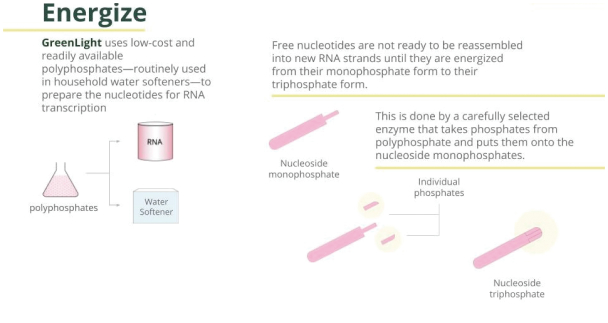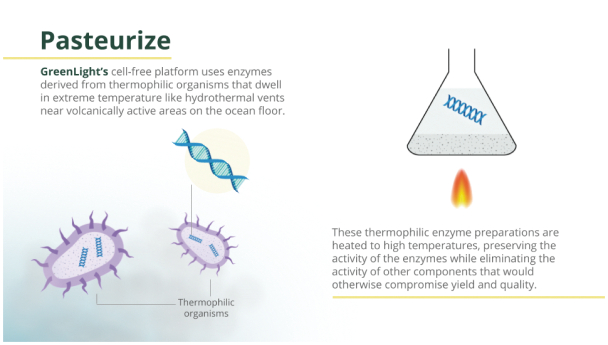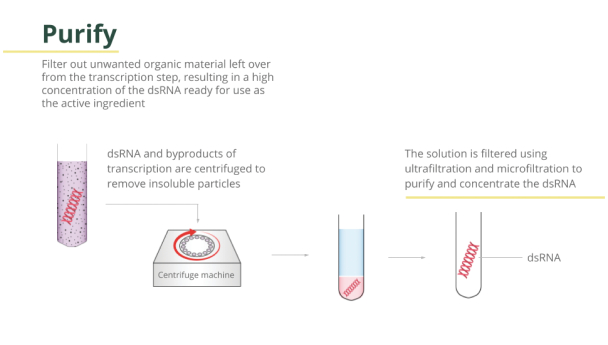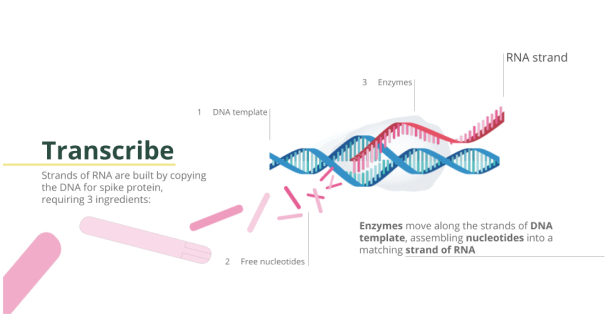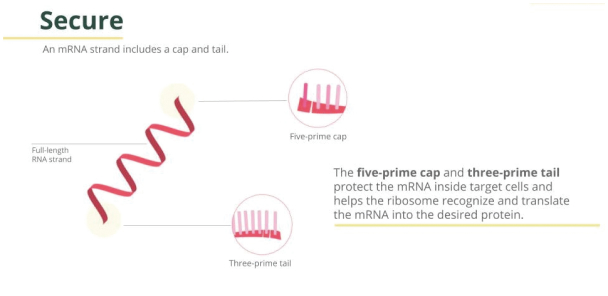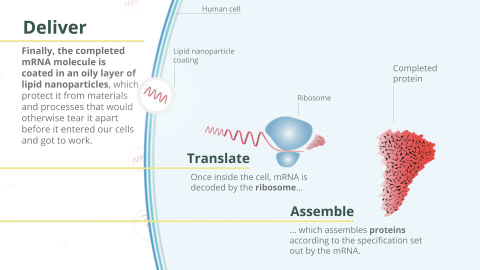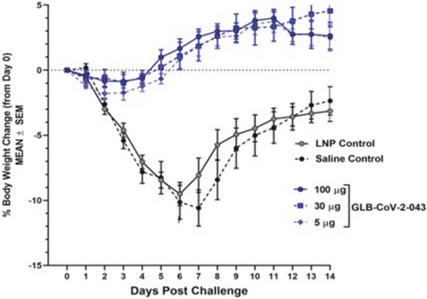ENVI Shareholder Approval
. As promptly as reasonably practicable following the time at which the Registration Statement / Proxy Statement is declared effective under the Securities Act, (A) ENVI shall duly call, give notice of and duly convene and hold a meeting of its stockholders (the “
ENVI Shareholders Meeting
”), in accordance with the Governing Documents of ENVI and applicable Law, for the purposes of obtaining the ENVI Shareholder Approval, (B) mail the Proxy Statement / Prospectus and a valid form of proxy to the applicable shareholders of ENVI in accordance with applicable Law, (C) use commercially reasonable efforts to solicit proxies from the holders of ENVI Shares to vote in favor of each of the Transaction Proposals and (D) in connection with the mailing of the Proxy Statement / Prospectus and the ENVI Shareholders Meeting, provide the applicable ENVI shareholders with the opportunity to elect to effect an ENVI Shareholder Redemption in accordance with the Governing Documents of ENVI. ENVI shall, through unanimous approval of the members of the ENVI Board present at the meeting of the ENVI Board, recommend to its shareholders each of the following (the “
ENVI Board Recommendation
”): (A) the adoption and approval of this Agreement and the transactions contemplated hereby (including the Merger) (the “
Business Combination Proposal
”); (B) the approval of the issuance of the ENVI Shares in connection with the transactions contemplated by this Agreement as required by Nasdaq listing requirements (the “
Nasdaq Proposal
”); (C) the adoption and approval of the Amended and Restated Certificate of Incorporation of ENVI, in the form attached hereto as
Exhibit F
(the “
Required Governing Document Proposal
”), and related advisory proposals regarding the material amendments reflected therein; (D) the adoption and approval of the ENVI Incentive Equity Plan (the “
Incentive Equity Plan Proposal
”); (E) the adoption and approval of the ENVI Employee Stock Purchase Plan (the “
Employee Stock Purchase Plan Proposal
”); (F) the adoption and approval of each other proposal that either the SEC or Nasdaq (or the respective staff members thereof) indicates is necessary in its comments to the Registration Statement / Proxy Statement or in correspondence related thereto; (G) the adoption and approval of each other proposal reasonably agreed to by ENVI and the Company as necessary or appropriate in connection with the consummation of the transactions contemplated by this Agreement or the Ancillary Documents; and (H) the adoption and approval of a proposal for the adjournment of the ENVI Shareholders Meeting, if necessary, to permit further solicitation of proxies because there are not sufficient votes to approve and adopt any of the foregoing (such proposals in (A) through (H), collectively, the “
Transaction Proposals
”), and ENVI shall include the ENVI Board Recommendation in the Registration Statement / Proxy Statement. Notwithstanding the foregoing or anything to the contrary herein, without the prior written consent of the Company, ENVI may only adjourn the ENVI Shareholders Meeting (and ENVI shall adjourn the ENVI Shareholder Meeting if an adjournment is reasonably requested by the Company in writing) (1) to solicit additional proxies because there are not sufficient votes to constitute the ENVI Shareholder Approval, (2) for the absence of a quorum, (3) to allow reasonable additional time for the filing or mailing of any supplemental or amended disclosures that ENVI (or the Company) has reasonably determined in good faith, based on the advice of outside legal counsel, is reasonably likely to be required under applicable Law and for such supplemental or amended disclosure to be disseminated and reviewed by the applicable shareholders of ENVI prior to the ENVI Shareholders Meeting or (4) if the holders of ENVI Class A Shares have elected to redeem a number of ENVI Class A Shares as of such time that would reasonably be expected to result in the condition set forth in
Section
6.3(d)
not being satisfied (assuming for purposes of this clause (4) that the full PIPE Financing Amount will be funded pursuant to the terms of the PIPE Subscription Agreements);
provided
,
however
, that, without the prior written consent of the Company, in no event shall ENVI adjourn the ENVI Shareholders Meeting (a) for more than ten (10) Business Days later than the most recently adjourned meeting, (b) in the case of any adjournment pursuant to clause (4), to a date that is later than twenty (20) Business Days after the originally scheduled date of the ENVI Shareholders Meeting or (c) to a date that is beyond the Termination Date. ENVI covenants that none of the ENVI Board, ENVI or any committee of the ENVI Board shall, except as otherwise determined by the ENVI Board in good faith, based on written

